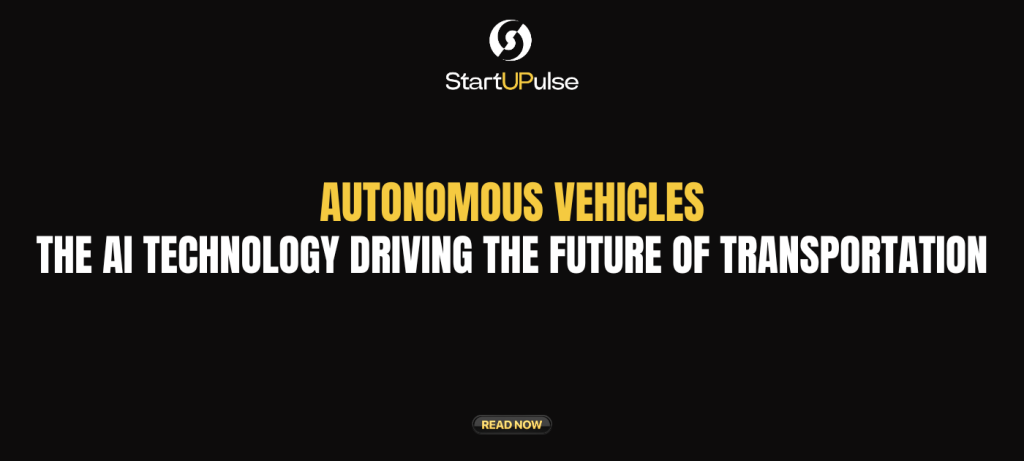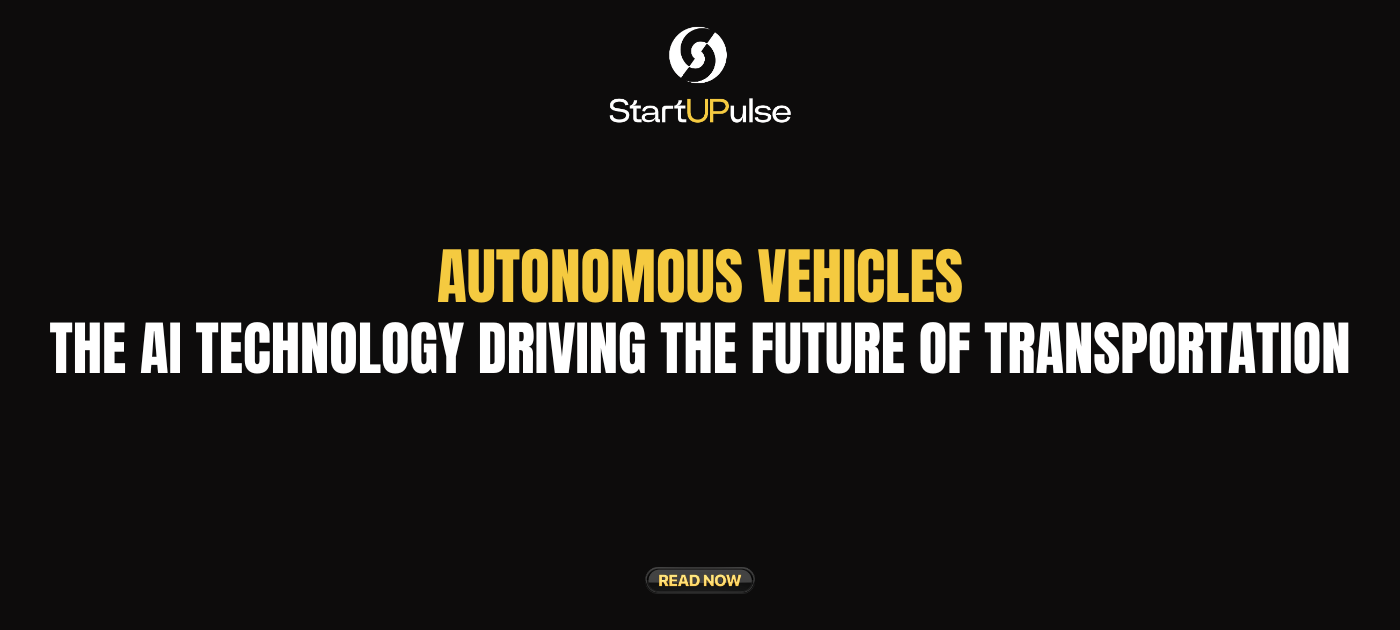
Introduction
Autonomous vehicles, driven by artificial intelligence (AI), are poised to revolutionize the transportation industry. These self-driving cars, trucks, and other vehicles have the potential to transform our cities, improve safety, and enhance efficiency. In this blog post, we’ll explore the technology behind autonomous vehicles, their potential benefits, and the challenges they face.
Understanding Autonomous Vehicles
Autonomous vehicles rely on a complex network of sensors, cameras, and AI algorithms to navigate and operate without human intervention. These systems enable vehicles to perceive their surroundings, make decisions, and control their movement.
The Technology Behind Autonomous Vehicles
- Sensors: Autonomous vehicles use a variety of sensors, including LiDAR, radar, cameras, and ultrasonic sensors, to gather information about their environment.
- AI Algorithms: These algorithms enable vehicles to process sensor data, identify objects, and make decisions about how to navigate safely.
- Machine Learning: Machine learning techniques allow autonomous vehicles to learn from experience and improve their performance over time.
Potential Benefits of Autonomous Vehicles
- Improved Safety: Autonomous vehicles have the potential to reduce traffic accidents and fatalities significantly.
- Increased Efficiency: Self-driving vehicles can optimize traffic flow, reduce congestion, and improve fuel efficiency.
- Accessibility: Autonomous vehicles can provide transportation options for people who are unable to drive, such as the elderly, disabled, or those who have lost their driving privileges.
- Economic Growth: The development and deployment of autonomous vehicles can create new jobs and economic opportunities.
Challenges and Considerations
- Technical Challenges: Developing fully autonomous vehicles that can operate safely in all conditions remains a significant technical challenge.
- Ethical Considerations: Autonomous vehicles must be programmed to make ethical decisions in complex situations, such as choosing between hitting a pedestrian or colliding with another vehicle.
- Legal and Regulatory Frameworks: Establishing clear legal and regulatory frameworks for autonomous vehicles is essential to ensure their safe and responsible deployment.
- Public Acceptance: Public acceptance of autonomous vehicles is crucial for their widespread adoption.
The Role of Startups in Autonomous Vehicles
Startups are playing a vital role in driving innovation and development in the field of autonomous vehicles. They are developing new technologies, exploring niche applications, and addressing specific challenges.
The Startupulse Community
At Startupulse, we are committed to supporting startups and entrepreneurs working on autonomous vehicle technology. Our community provides a platform for collaboration, networking, and mentorship.
Conclusion
Autonomous vehicles represent a significant technological advancement with the potential to transform transportation. While there are challenges to overcome, the benefits of self-driving vehicles are substantial. By addressing the technical, ethical, and regulatory issues, we can pave the way for a future where autonomous vehicles play a central role in our transportation systems.
If you’re looking for guidance and support, StartUPulse can connect you with a community of fellow learners and experienced mentors. Connect with like-minded individuals through our platform and discover new opportunities in the exciting world of autonomous vehicles.



















